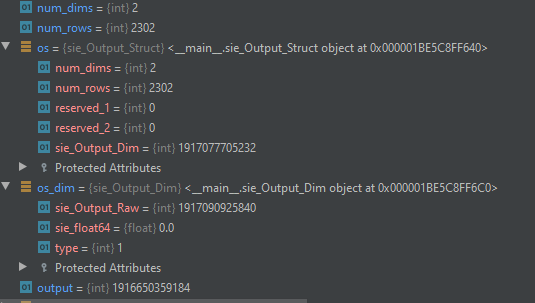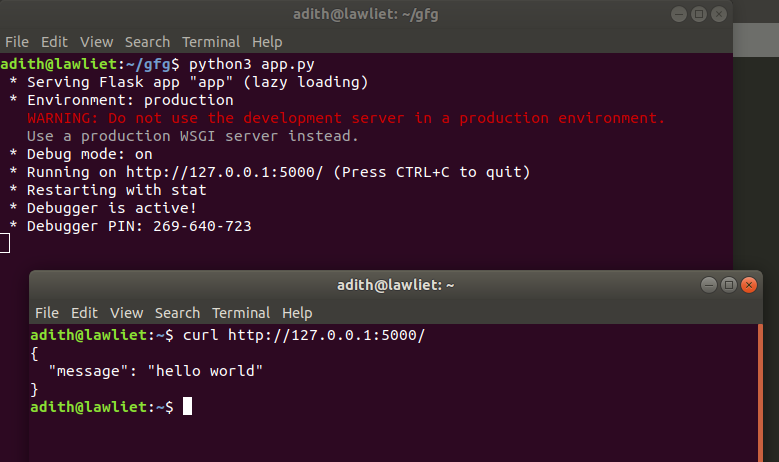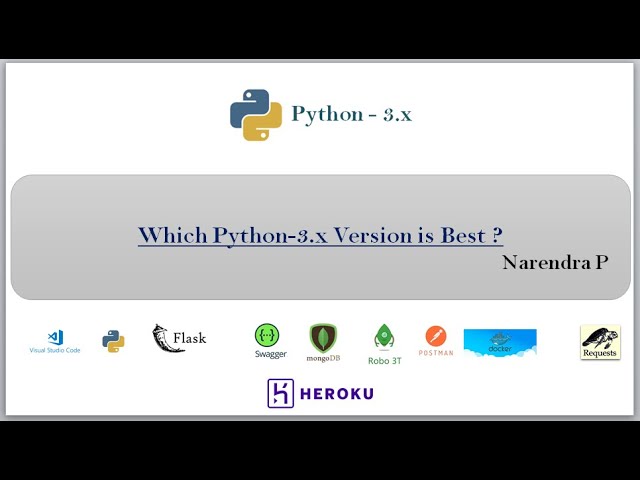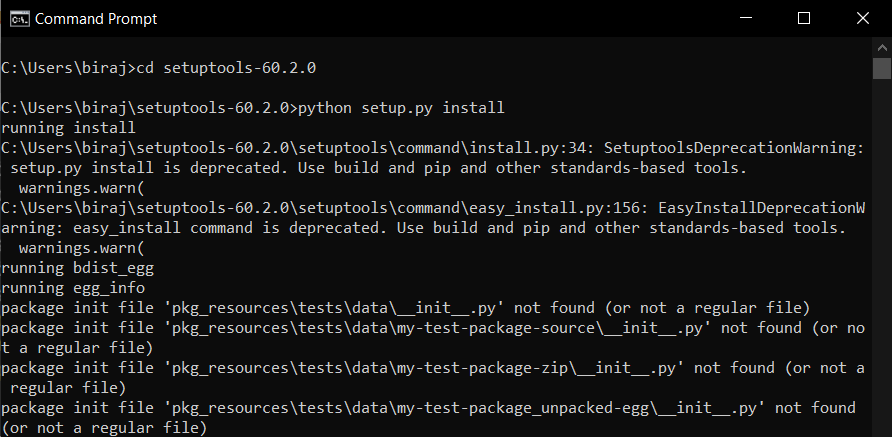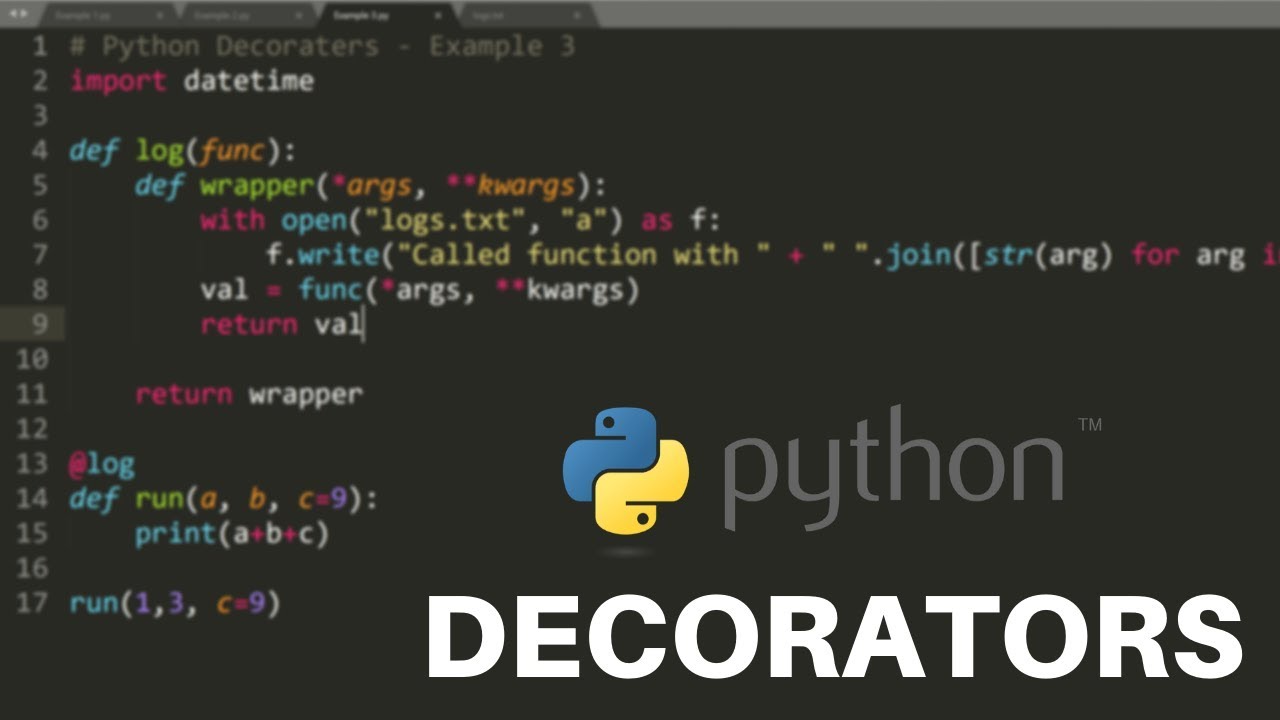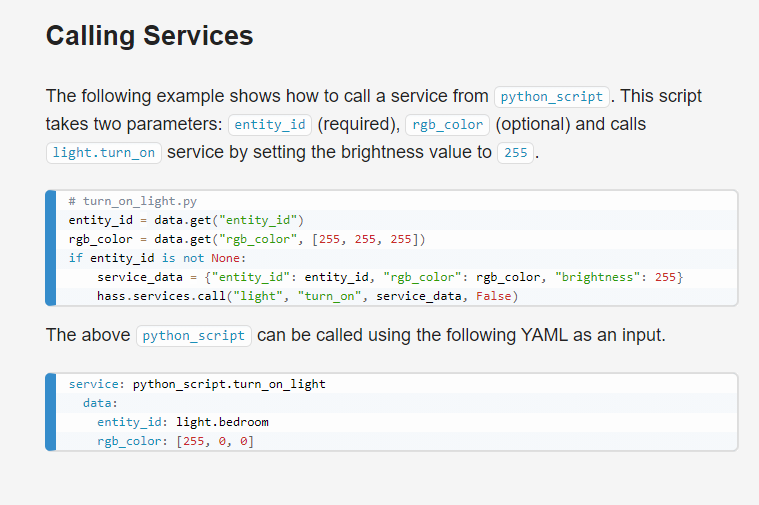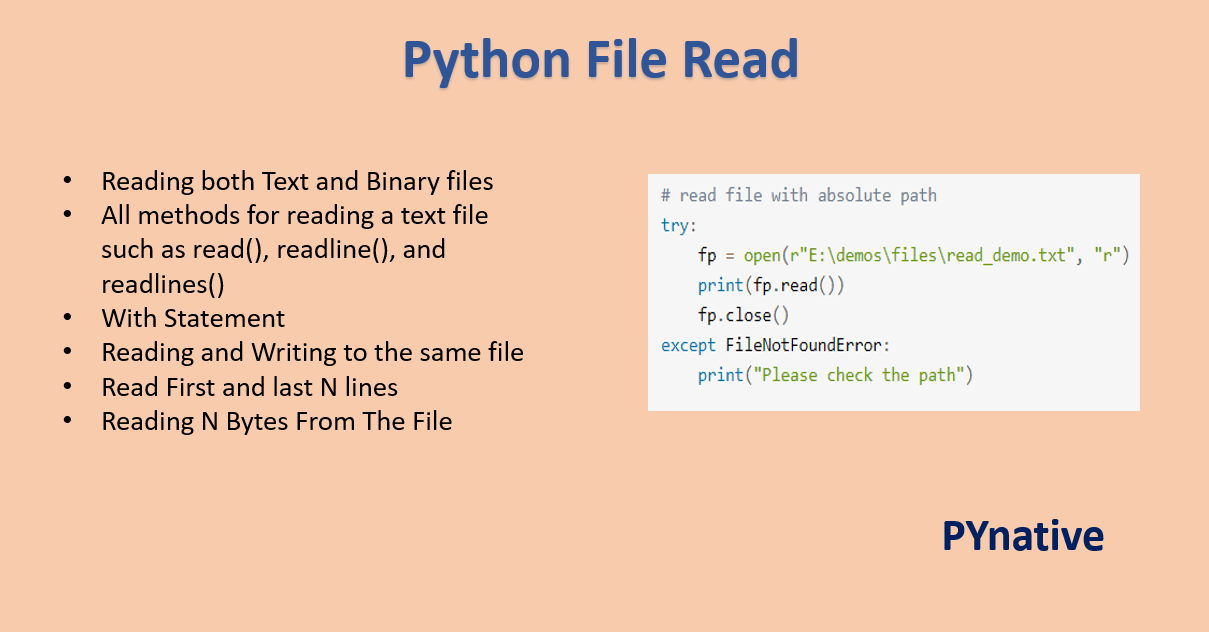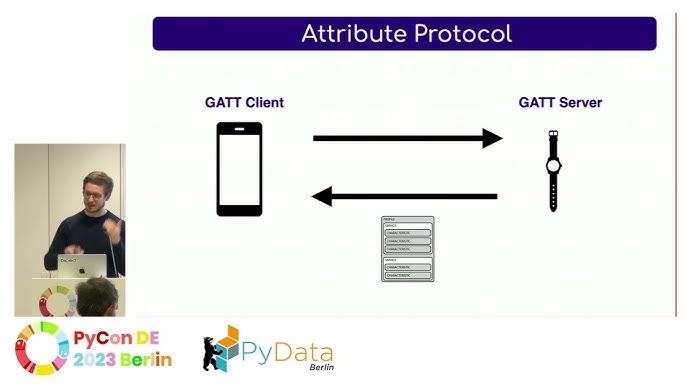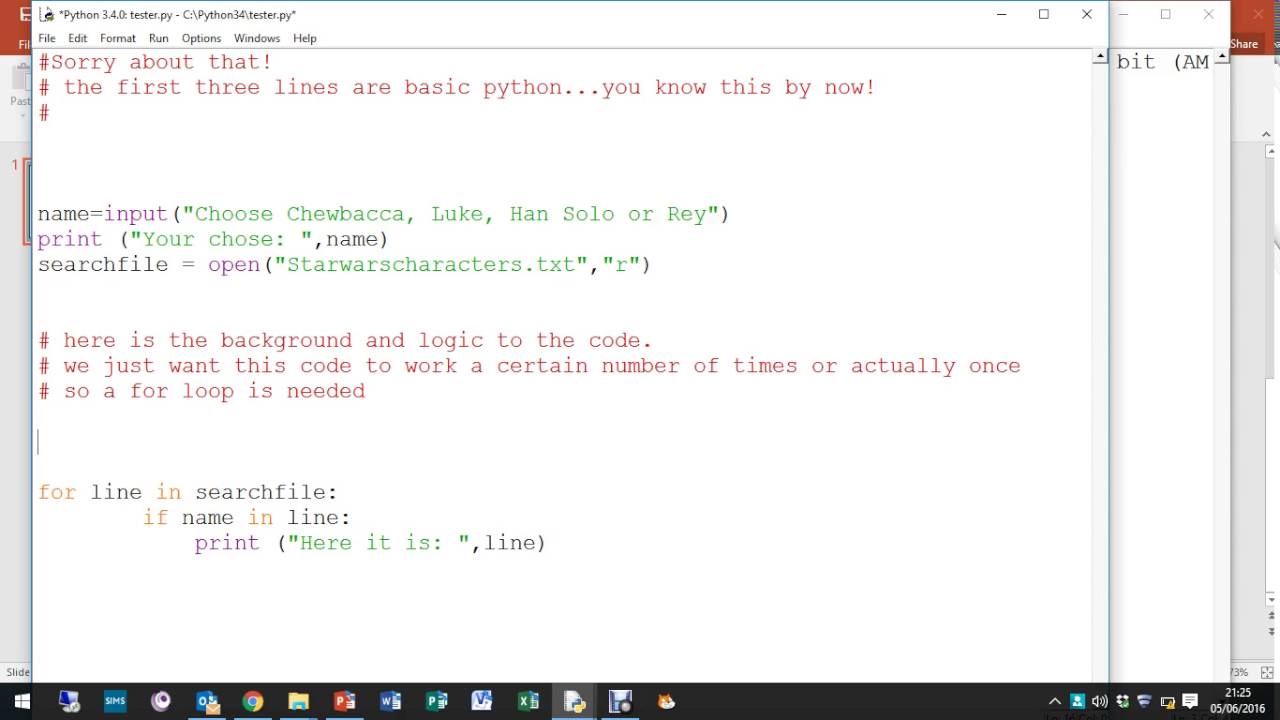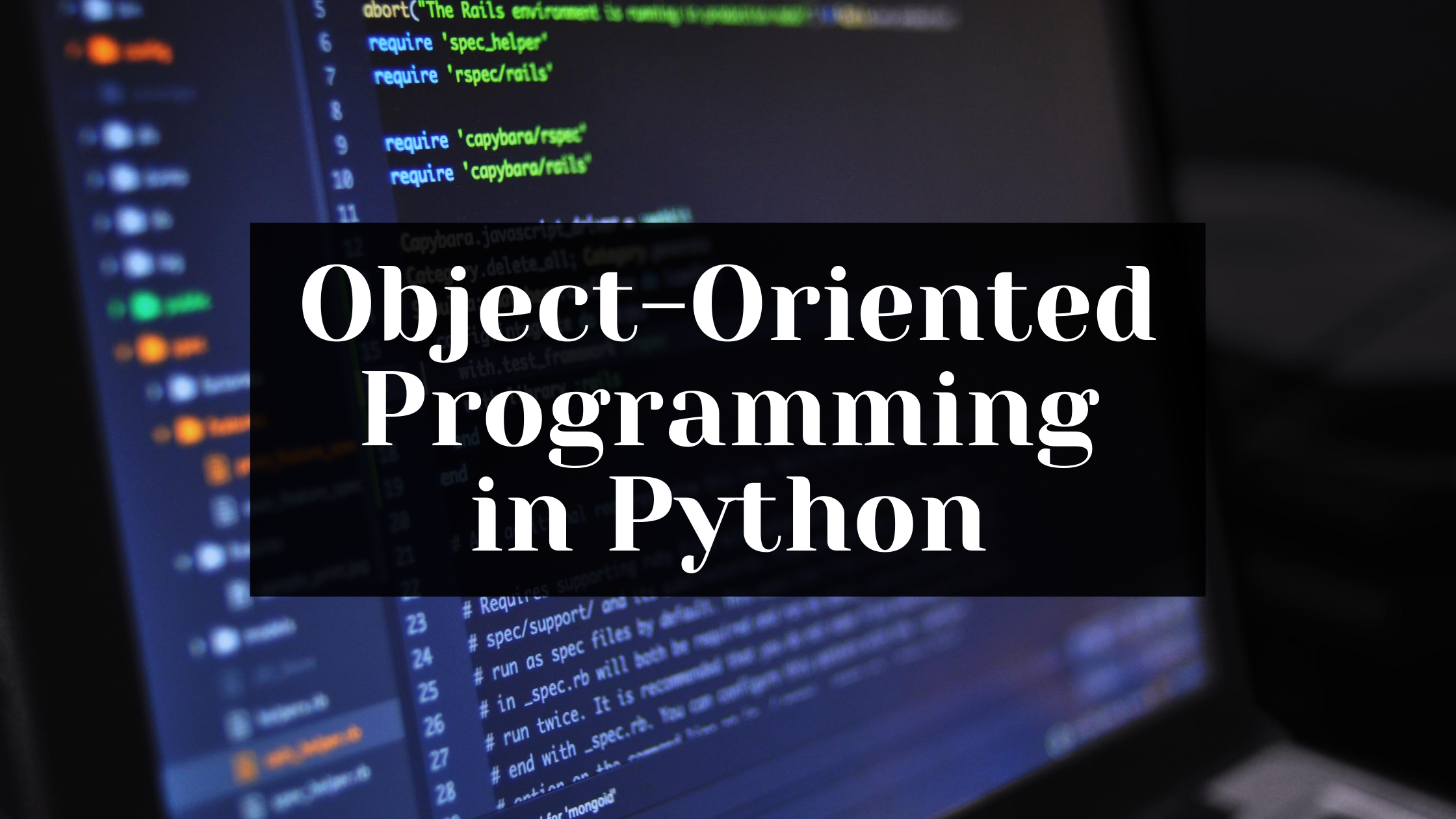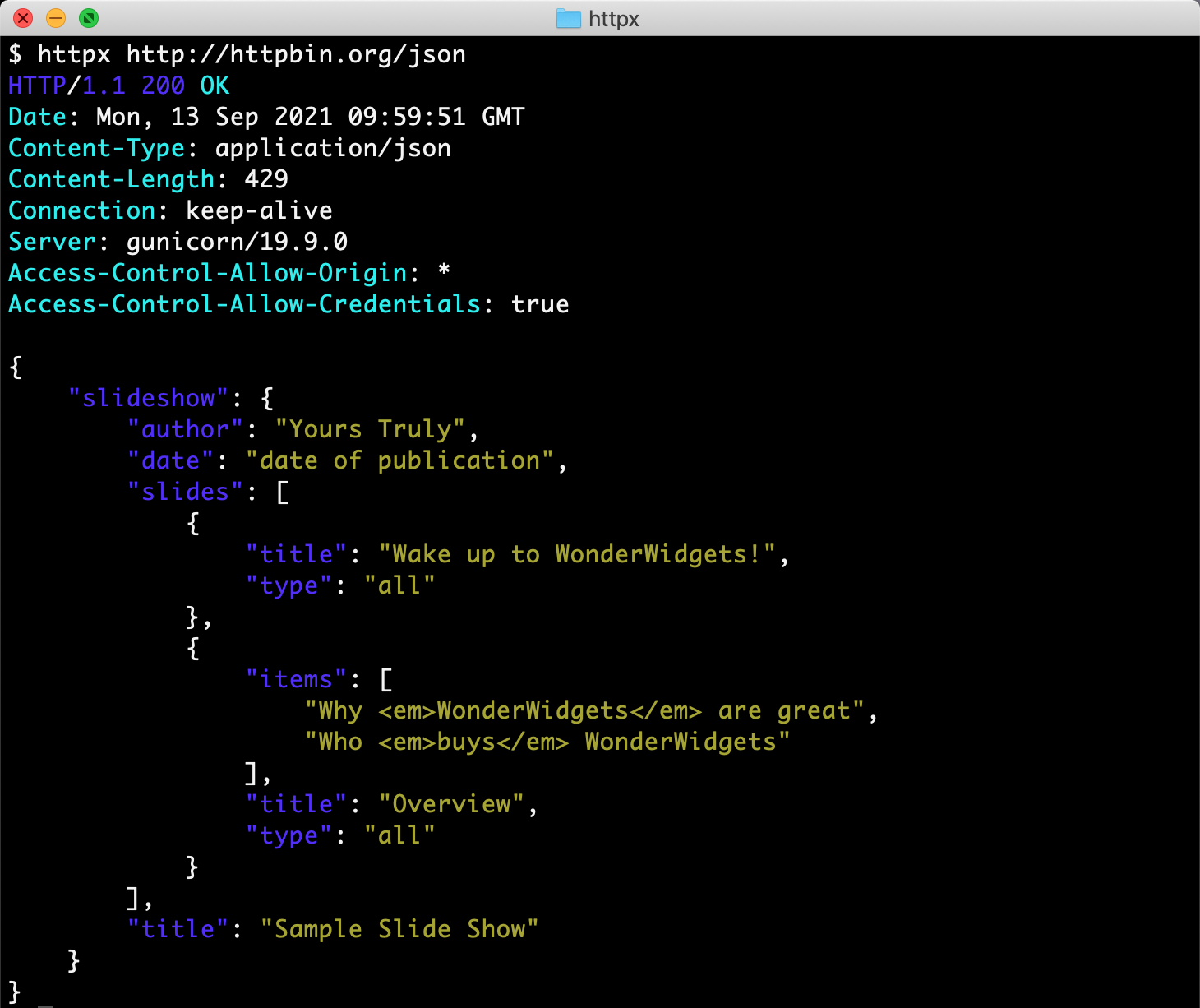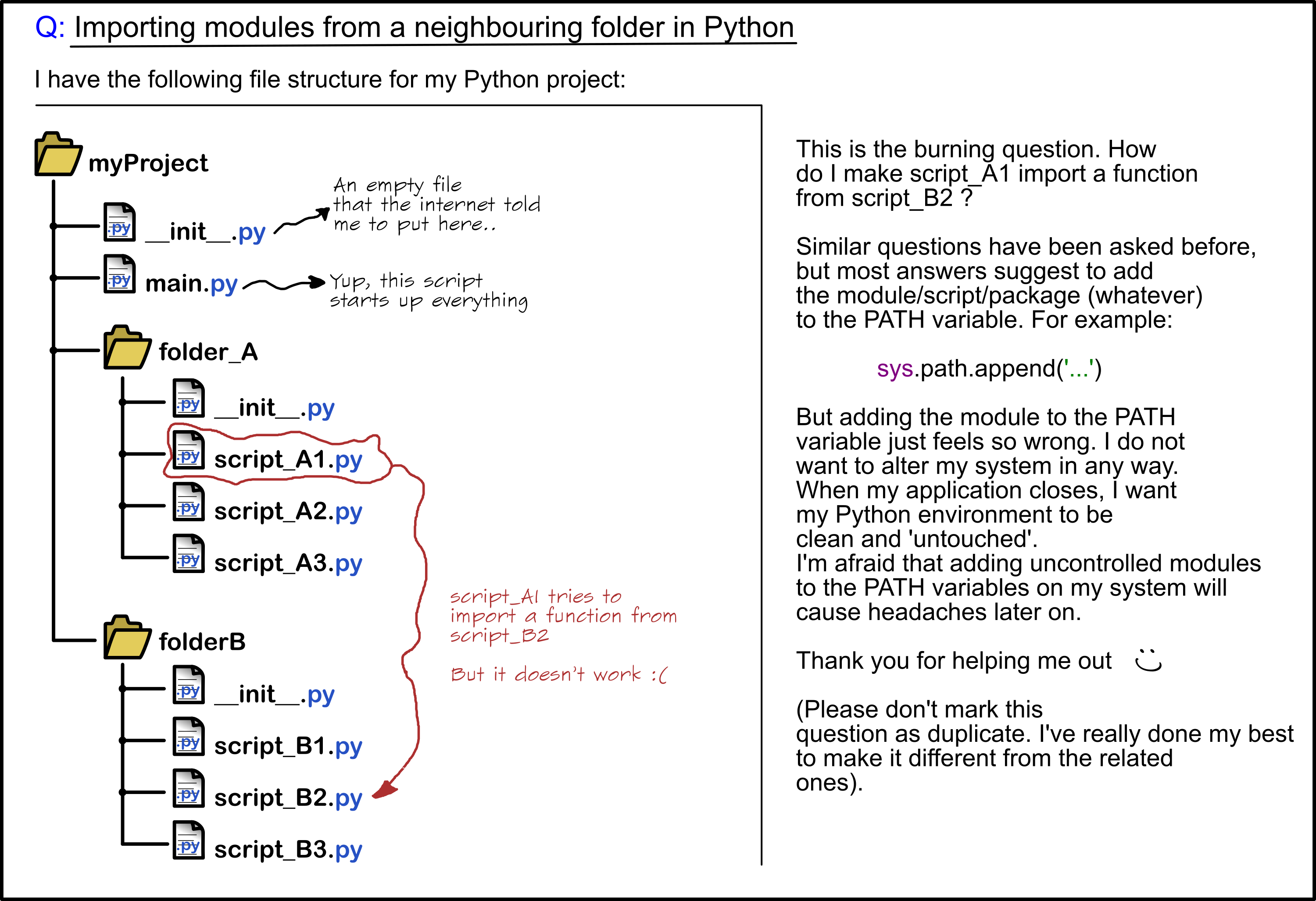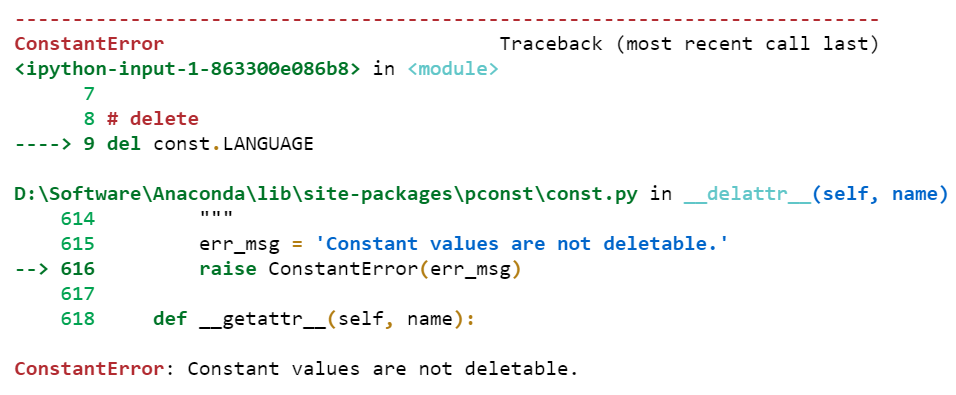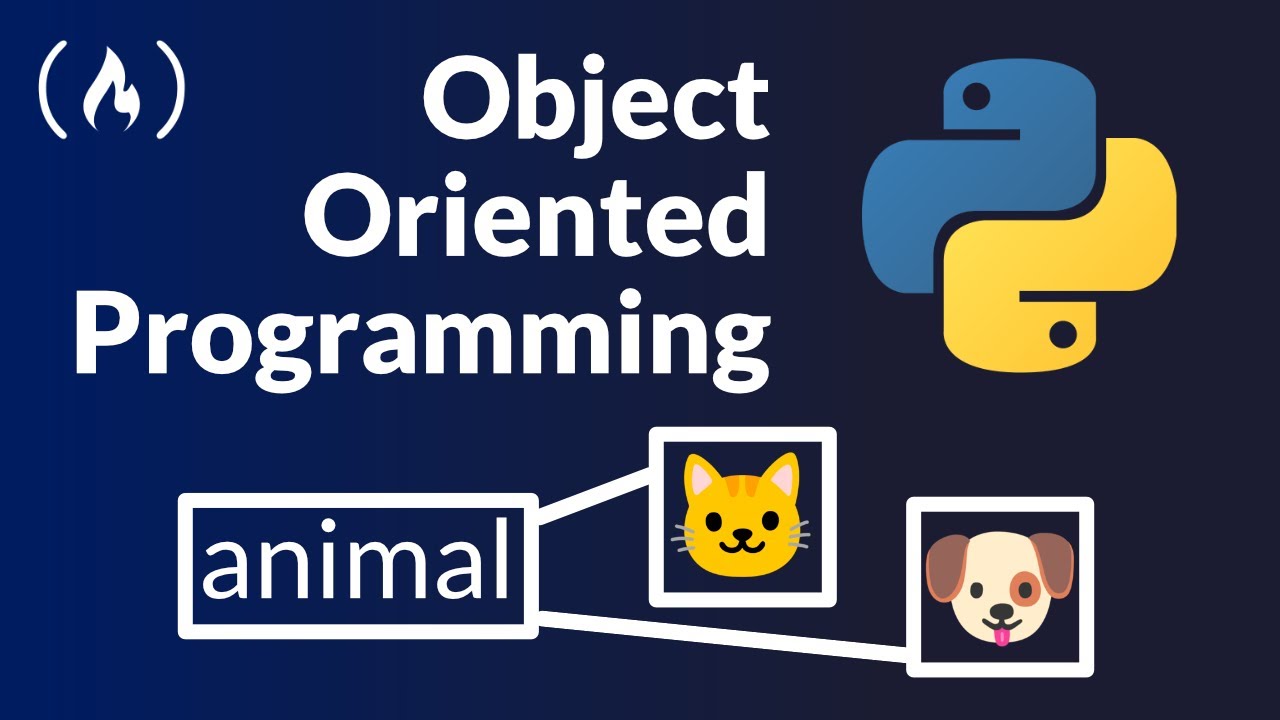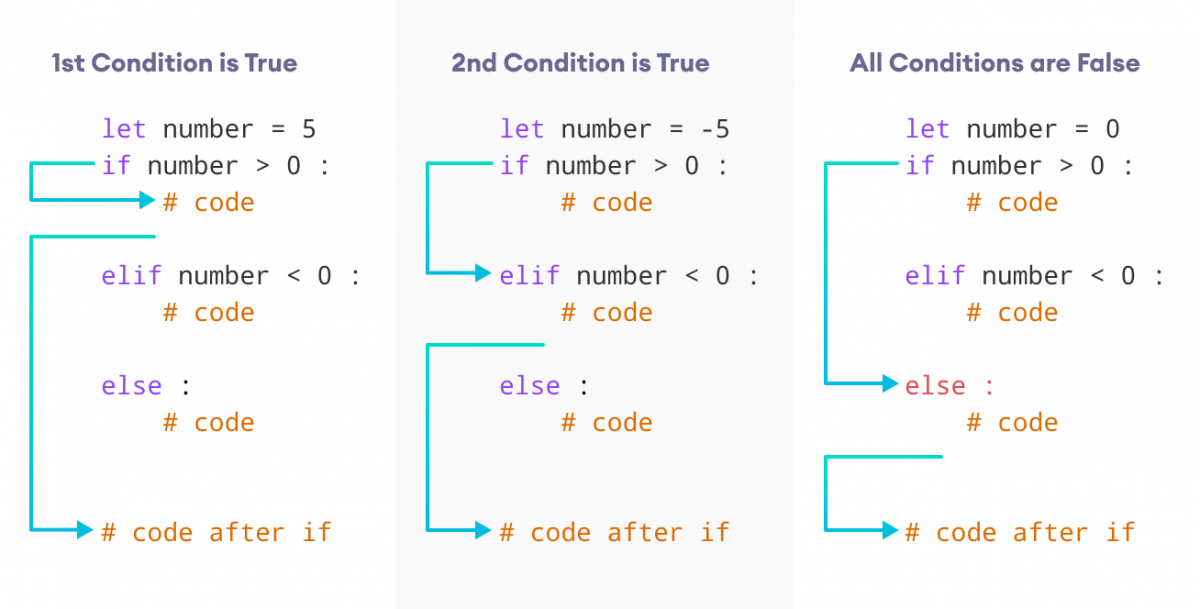What is database in Python
What is database in Python
I'm happy to help you with that!
In Python, a database refers to a system of organizing, storing, and retrieving data. It's like a digital filing cabinet where you can store and manage various types of data.
Python provides several built-in libraries and frameworks for interacting with databases, making it easy to design and implement data storage systems. Here are some popular ones:
sqlite3: This is Python's standard library that allows you to create and interact with SQLite databases. SQLite is a self-contained, file-based database that doesn't require a separate server process. psycopg2: This is a PostgreSQL adapter for Python, allowing you to connect to PostgreSQL databases and perform SQL queries. mysql-connector-python: This is a MySQL driver for Python, enabling you to interact with MySQL databases. pymongo: This is a MongoDB driver for Python, providing an interface for working with MongoDB databases.Python's database libraries often provide APIs (Application Programming Interfaces) that allow you to perform common operations like:
Creating and dropping tables Inserting, updating, and deleting data Executing SQL queries Fetching and iterating over query resultsSome popular database types in Python include:
Relational databases: These store data in tables with defined relationships between them. Examples include MySQL, PostgreSQL, and SQLite. NoSQL databases: These are designed to handle large amounts of unstructured or semi-structured data and often provide flexible schema designs. Examples include MongoDB, Cassandra, and Redis. Object-relational mapping (ORM) tools: These allow you to interact with relational databases using Python objects instead of SQL queries. Examples include SQLAlchemy and Django's ORM.When choosing a database for your Python project, consider factors like:
Data structure and complexity Query patterns and performance requirements Data storage and retrieval needs Scalability and availabilityIn summary, Python provides various libraries and frameworks for interacting with databases, allowing you to design and implement data storage systems that meet the specific needs of your projects.
How does Python work with databases?
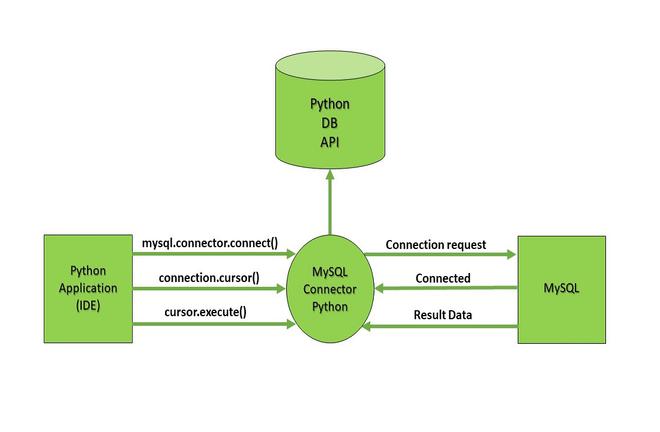
Python is an excellent programming language for interacting with databases due to its vast number of libraries and tools that simplify database operations. Here's how it works:
Database Connectivity
To connect to a database, you need to install a library or driver specific to the type of database you're using (e.g., MySQL, PostgreSQL, SQLite, Oracle). Some popular ones are:
psycopg2: A PostgreSQL adapter for Python. mysql-connector-python: A MySQL connector for Python. sqlite3: A built-in SQLite library in Python. cx_Oracle: An Oracle connector for Python.Database Operations
Once connected, you can perform various database operations using Python:
Create: Create a new table, index, or view. Read: Retrieve data from a table, using SQL queries or Python's own query methods (e.g.,SELECT * FROM table). Update: Update existing records in a table. Delete: Delete records from a table.
These operations are usually achieved by writing SQL queries and executing them on the database using the library's interface. For example, with psycopg2, you'd use the cursor.execute() method to execute a query.
ORMs (Object-Relational Mappers)
To simplify database interactions, Python offers Object-Relational Mappers (ORMs) like:
SQLAlchemy: Provides a high-level, SQL-expression-like interface for working with databases. Pandas: A popular library for data manipulation and analysis that includes tools for interacting with databases.Advantages
Using Python with databases provides several advantages:
Flexibility: Python's dynamic nature makes it easy to adapt to different database types and structures. Ease of use: Python libraries provide intuitive APIs for common database operations, making it easier to focus on application logic rather than low-level database interactions. Powerful data analysis: With Python's extensive scientific computing libraries (e.g., NumPy, SciPy, Matplotlib) and data analysis tools (e.g., Pandas, Scikit-learn), you can efficiently process and visualize large datasets.Real-world Examples
Python is widely used in various industries for database-driven applications:
Web Development: Python web frameworks like Django, Flask, or Pyramid use databases to store user data, session information, and other application-specific data. Data Science: Python libraries like Pandas, NumPy, and Scikit-learn are commonly used for data analysis, machine learning, and visualization, often interacting with databases like MySQL or PostgreSQL. Business Intelligence: Python is used to extract insights from large datasets in industries like finance, healthcare, and education.In summary, Python's versatility and extensive library ecosystem make it an ideal choice for working with databases. Whether you're building a web application, performing data analysis, or creating a business intelligence solution, Python has the tools to help you achieve your goals efficiently.



